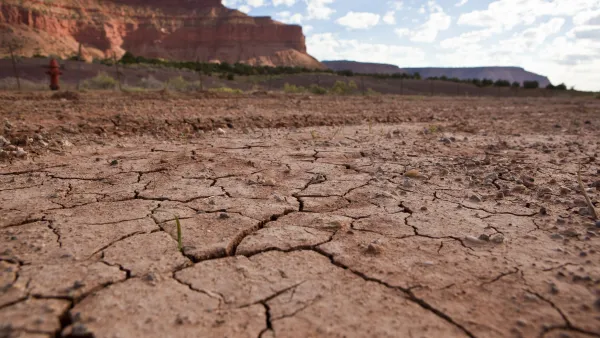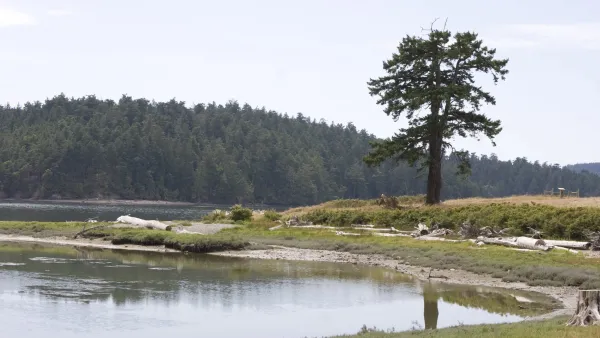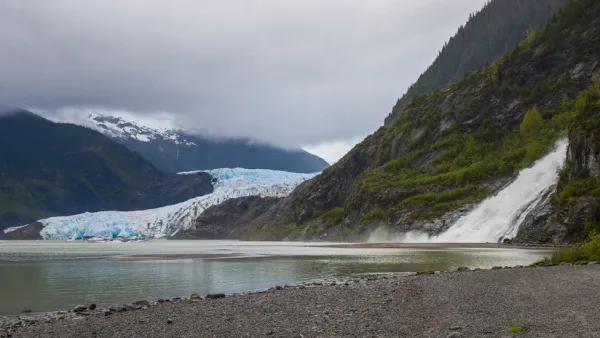As result of climate change, dwindling resources and shifting demographics, a new economic powerhouse is likely to emerge in the arctic by mid-century, according to the new book "The World in 2050".
Written by Laurence C. Smith, the book looks at the four forces that are driving major change in the economy and human lifestyle, including decreasing natural resources, demographic shifts, globalization and climate change.
"While this book is partly about such global forces, it has a more specifically geographical remit: the Arctic and the far north. These regions have been the focus of much of Smith's academic research. He has important work to his name on how Arctic ecosystems will be transformed by climate change and how this may feed back to impact the rest of the world – for instance through methane bubbling out of the melting permafrost and adding to global warming. Now he posits that the far north will become the cockpit of wider global change.
This is important. We have for decades focused our global angst around the teeming tropics. We fear that economic development there is wrecking the rainforests and releasing their carbon into the air. And we worry that the poor billions in the hottest region of the planet will suffer most from global warming. But Smith's 'thought experiment' switches to events in the high latitudes of the north."
FULL STORY: The New North

National Parks Layoffs Will Cause Communities to Lose Billions
Thousands of essential park workers were laid off this week, just before the busy spring break season.

Retro-silient?: America’s First “Eco-burb,” The Woodlands Turns 50
A master-planned community north of Houston offers lessons on green infrastructure and resilient design, but falls short of its founder’s lofty affordability and walkability goals.

Delivering for America Plan Will Downgrade Mail Service in at Least 49.5 Percent of Zip Codes
Republican and Democrat lawmakers criticize the plan for its disproportionate negative impact on rural communities.

Test News Post 1
This is a summary

Test News Headline 46
Test for the image on the front page.

Balancing Bombs and Butterflies: How the National Guard Protects a Rare Species
The National Guard at Fort Indiantown Gap uses GIS technology and land management strategies to balance military training with conservation efforts, ensuring the survival of the rare eastern regal fritillary butterfly.
Urban Design for Planners 1: Software Tools
This six-course series explores essential urban design concepts using open source software and equips planners with the tools they need to participate fully in the urban design process.
Planning for Universal Design
Learn the tools for implementing Universal Design in planning regulations.
EMC Planning Group, Inc.
Planetizen
Planetizen
Mpact (formerly Rail~Volution)
Great Falls Development Authority, Inc.
HUDs Office of Policy Development and Research
NYU Wagner Graduate School of Public Service





























